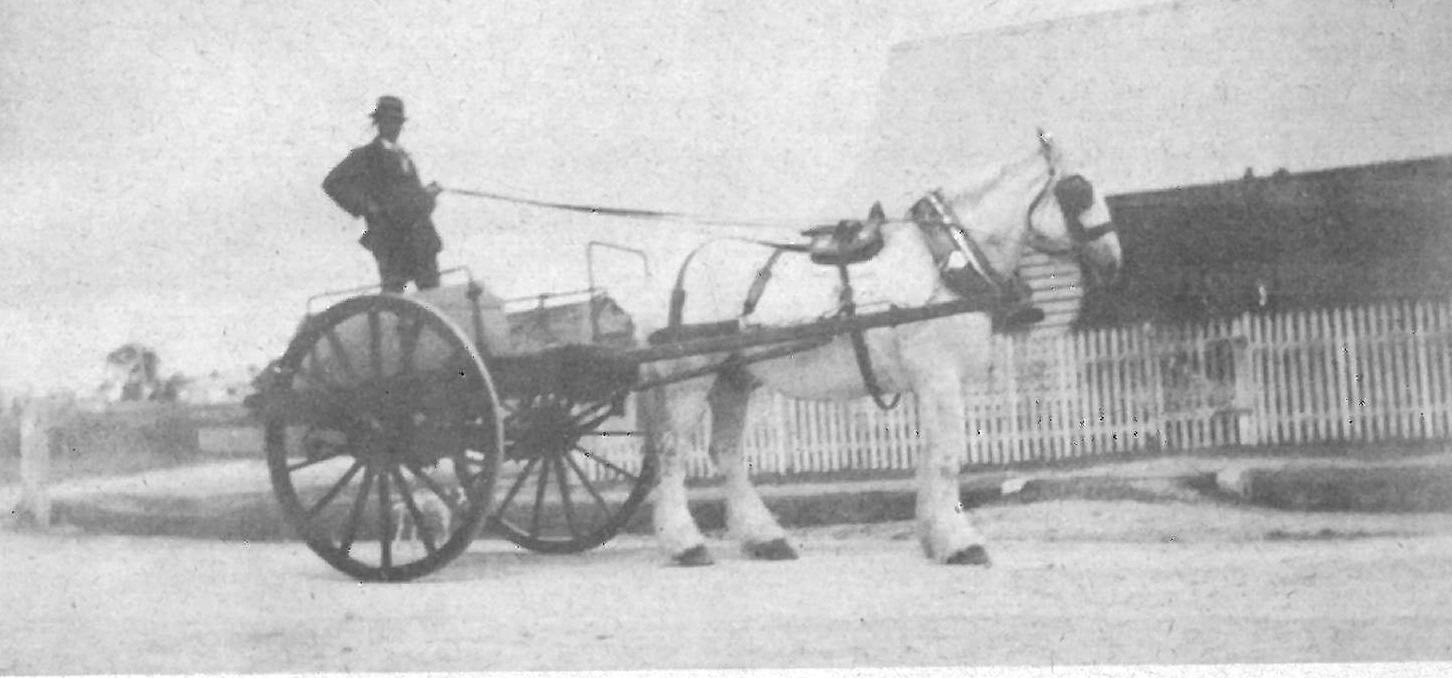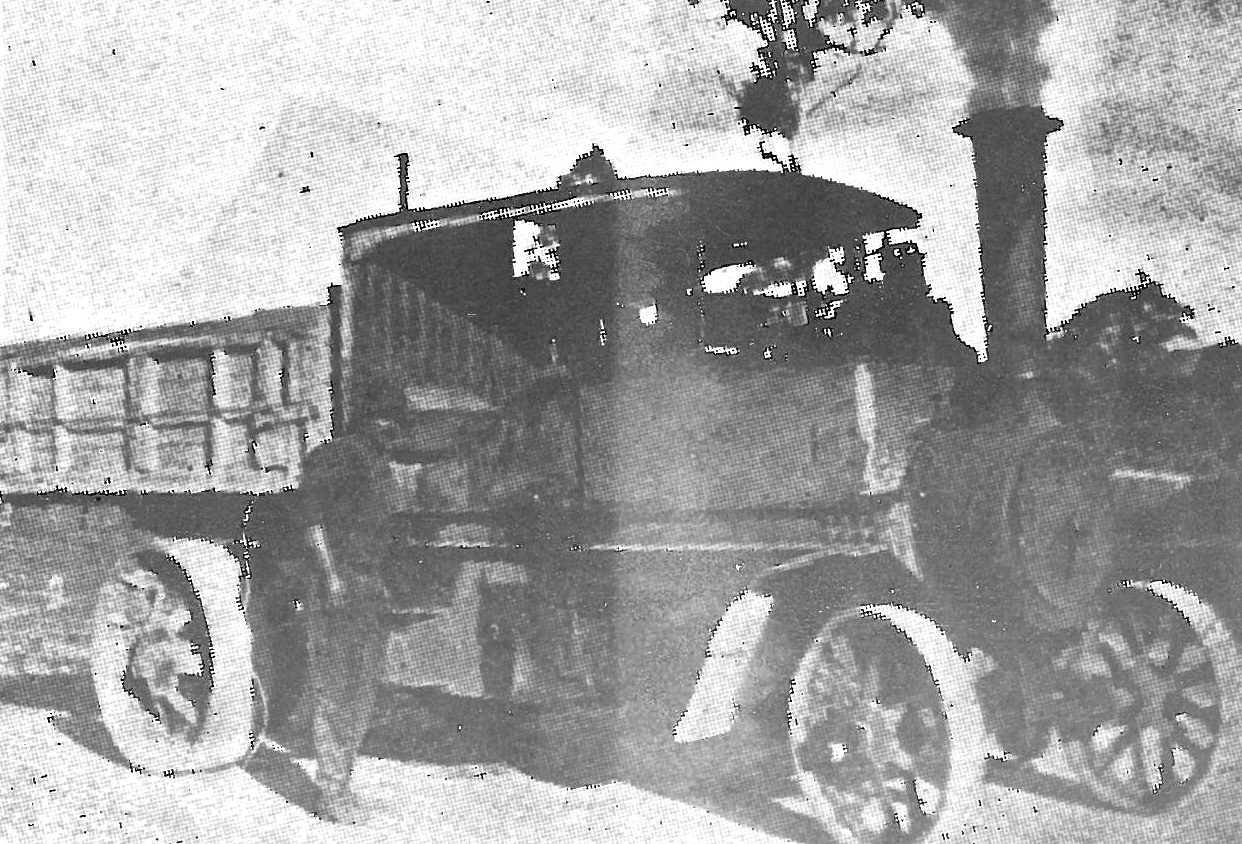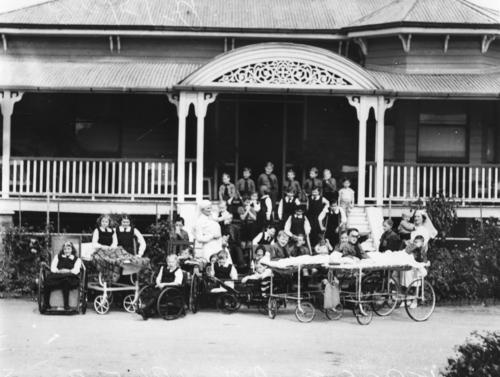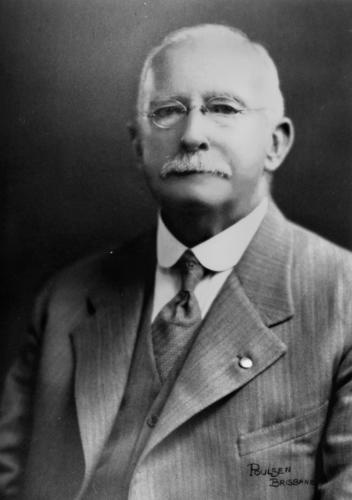Author // Georgina Auton, Place Graceville
Back in 2017, we wrote an article with Marion Mackenzie from the Oxley-Chelmer History Group about the background of some local street names.
You can take a look at that here if you’re interested, but in the meantime we’re back for round two.
We sat down with Marion to chat about two iconic areas - Quarry Road, Sherwood and Marchant Crescent, Corinda.
 Horse and dray used in road construction. Image: Oxley-Chelmer History Group
Horse and dray used in road construction. Image: Oxley-Chelmer History Group
Quarry Road
You know how sometimes a street is called River Drive or Quarry Street but there actually isn’t a river or wasn’t a quarry in sight?
We can confirm there was definitely a quarry on Quarry Road.
“The quarry was on the corner of Dewar Terrace and the current quarry road,” Marion says.
“Stories say it goes back to convict times when some of the rock was taken out to build structures in city like the windmill.”
Marion says it would’ve been easy back then to get the stone from the quarry down to the river at the bottom on Hilda Street.
From there, it would have been taken on boats to the city as this was in the time before bridges and even some main roads existed.
“As settlements began to grow, the councils used the stone from the quarry to build the roads,” Marion says.
After the quarry shut down, the site became a depot for council vehicles for a long time before eventually being developed into housing.
 "Lizzie", the steam powered truck used in road construction by Sherwood Shire Council. Image: Oxley-Chelmer History Group
"Lizzie", the steam powered truck used in road construction by Sherwood Shire Council. Image: Oxley-Chelmer History Group
“The housing development created a lot of fuss at the time because they wanted buildings to be higher than current height and locals weren’t happy,” Marion says.
“This was because the views from Francis lookout would be impeded if houses were higher, so they had to limit the heights in development.”
“The views are still unimpeded to this day.”
Marchant Crescent:
Streets were often named after key figures in society when they were built and Mr George Marchant was one of them.
“George Marchant was a successful soft drink manufacturer, but after a worldwide Polio epidemic in 1933, he established the Queensland Society for Crippled Children in Taringa,” Marion says.
 Children pictured outside the Montrose Home for Crippled Children, 1939. Image: State Library of Queensland
Children pictured outside the Montrose Home for Crippled Children, 1939. Image: State Library of Queensland
“Then after the old rehabilitation hospital closed in Corinda [on what is now called Marchant Crescent], Ardoyne Hospital opened in about the 1937 with room to accommodate 90 children.”
The society’s main building was called Montrose Home at first, but it eventually became known as MontroseAccess.
It was known by this name until recently and closed only a few years ago.
“Marchant Crescent is named after Mr Marchant’s generosity during his lifetime,” Marion says.
—
Do you know of any other historical street names in our area? Comment below or get in touch with the Oxley-Chelmer History Group via ochginc@gmail.com
 George Marchant. Image: State Library of Queensland
George Marchant. Image: State Library of Queensland
